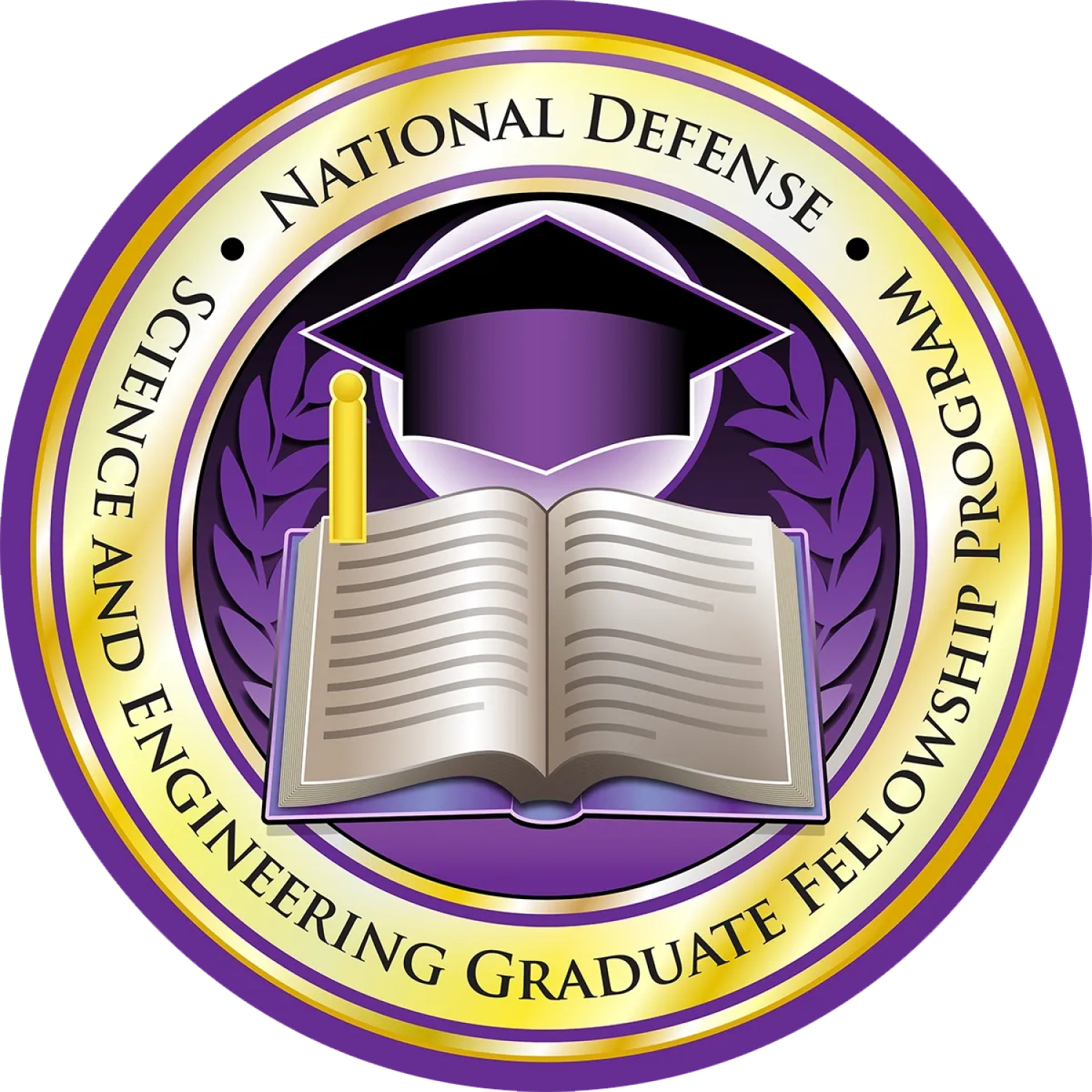Five aerospace students earn National Defense Fellowships

Five University of Colorado Boulder aerospace PhD students have earned prestigious 2023 National Defense Science and Engineering Graduate (NDSEG) Fellowships.
Saikiran Chikine, Conor Rowan, Kian Shakerin, Michael Sola, and James Walker are each receiving the Department of Defense award, which provides three year fellowships to promising young scientists and engineers.
The program, established by Congress in 1989, awards fellowships to up to 500 people across the United States annually and is designed to promote education in science and engineering disciplines relevant to the Department of Defense.
Find out more about our honorees and their research below.
Categories: News

